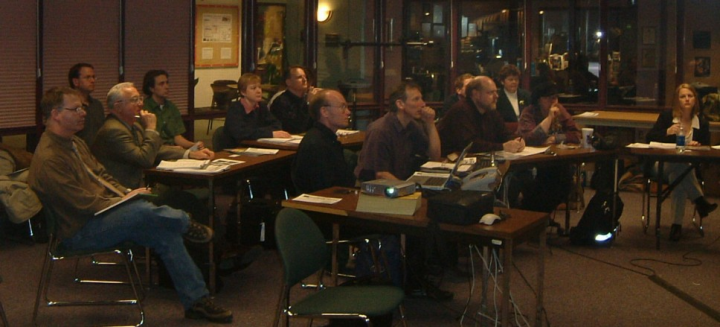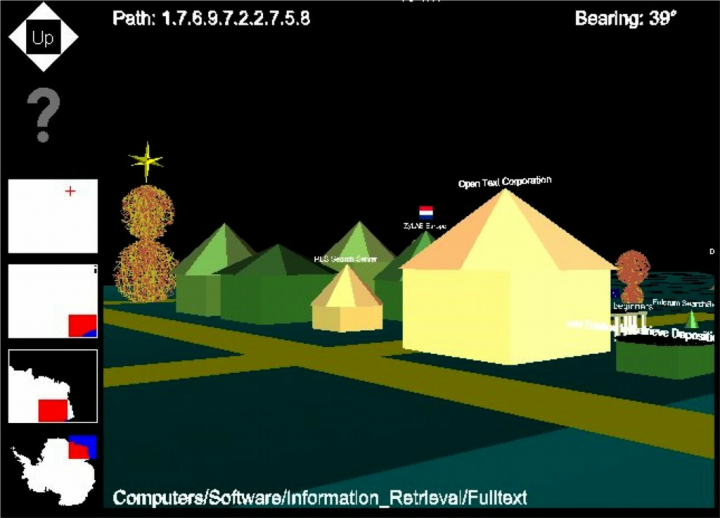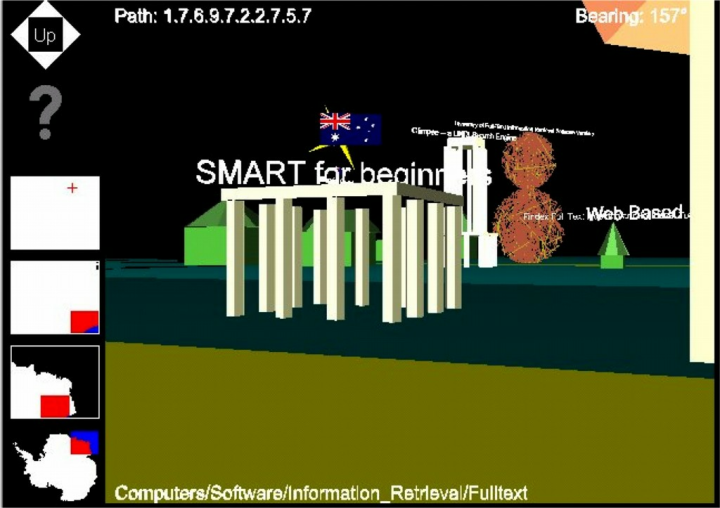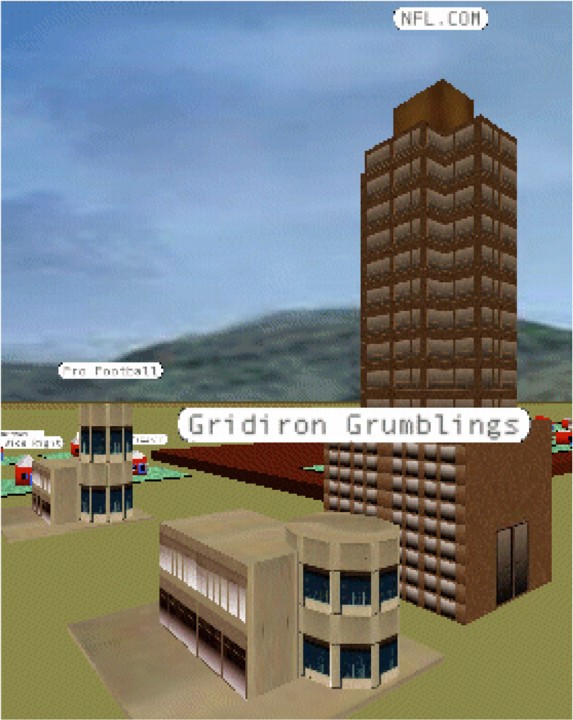
I am spending the day at an all-day meeting in snowy Calgary, Alberta (-19° C. and windy). At the meetings are representatives from four big Canadian universities (Simon Fraser, the University of Alberta, the University of Calgary, and the University of Toronto). The subject is "The 3D Web", a prospective research grant of something over a million Canadian dollars from Canadian Heritage. Years after the brief arc and soggy thud of Virtual Reality in general and VRML in particular, the Web is still a pretty flat place. What do we need to do to add a dimension?
Right now, we have this weird situation where the 3D user interface paradigm is completely dominant in one huge sector - videogames - but completely absent in the rest of the conventional data-processing world. It's hard to believe that there are exactly zero conventional conventional IT applications that would benefit from the use of 3D technology.
Here at Antarctica we care about this. One reason is that I'd gotten all excited about immersive VR in 1995-96, when I was running an Internet Search engine, and took a serious run at visualizing the structure of the Web; that paper is very widely cited and has been reprinted several times in research summaries. When Antarctica launched back in 2000, Visual Net shipped with both 2-D and 3D clients. The first-ever 3D version was whipped up in Java3D by yours truly, here are a couple of screen shots.
· · ·
Java3D turned out not to be nearly ready for prime time, so we reimplemented as an ActiveX control, here's a screenshot from that version.
The bad news is that the 3D version of the interface fell almost completely flat in the marketplace. Today Visual Net comes with a (pretty darn neat if I say so myself) 2-D lives-in-the-browser no-downloads interface (although all the 3D machinery is still there in the product). Do we conclude that nobody will ever want to navigate information spaces using an immersive-VR approach? I don't buy it. I remain convinced that some combination of better bandwidth, better hardware, better software, and (maybe most important) more experience and a better design approach will one day allow us to get past two dimensions. Which is one reason we're willing to invest time in all-day meetings. We'll get something back because we'll sell some Visual Net licenses to the researchers, but that's not the big upside.
For someone like myself who lives in the private sector and standards talking-shops, the style of speech is different. Here are some tiny sound-bites: I'm working on decontextualizing media · Design success has to proceed from focus on goals and effects · It's about using vision to think · We need to build nomadic design spaces · The focus is design space exploration.



